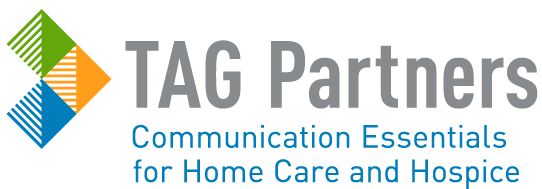The Fall of the year is a time that traditionally brings family, friends and celebration to mind. It’s also a time when many people tend to overindulge in food and drink. While this behavior might not have repercussions for young healthy adults, adults with poor cardio heath could be increasing their chance of developing Congestive Heart Failure.
Congestive Heart Failure (CHF) is the progressive deterioration of heart function as a result of any number of cardiovascular disorders or conditions that overwork the heart. CHF is not curable but it can be managed in its earlier stages with medication, lifestyle changes, and careful monitoring. Care plans vary depending on the underlying cause but many require some form of cardiac rehabilitation. Choosing home health as a rehabilitation partner can maximize a patient’s activity tolerance, provide better case management, and help identify any signs of disease progression.
Home health care improves outcomes for CHF patients while minimizing the risk of complication and readmission. Many agencies are now using telemonitoring systems to closely monitor their CHF patients. Telemonitoring has been found to decrease hospital admissions, improve patient satisfaction, and reduce overall cost of care.
As the disease progresses home health support is a good solution for managing medicines, and transitioning after a hospital stay. Advanced CHF patients should consider a private duty care service to help with daily tasks, housekeeping, and running errands. Remind your referral sources about the benefits of including home health, private duty, and hospice as care partners for their CHF patients.
Get the word Out:
We have disease specific materials for Home Health, and Hospice that provide patient education while promoting your agency’s services. Visit the TAG webstore for information on our CHF Management Guide for Physician flyers, CHF Health Care flyers for patients, and our Guide to Hospice and the Patient with Heart Disease brochures.


